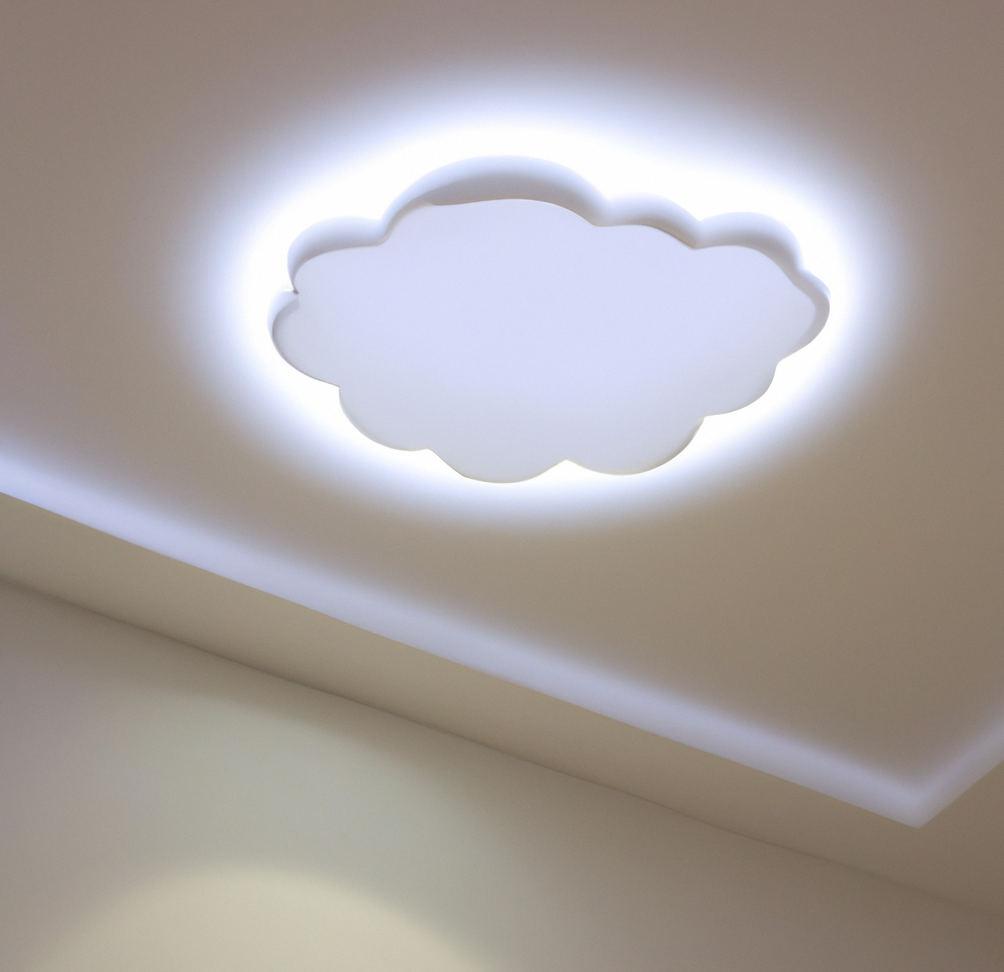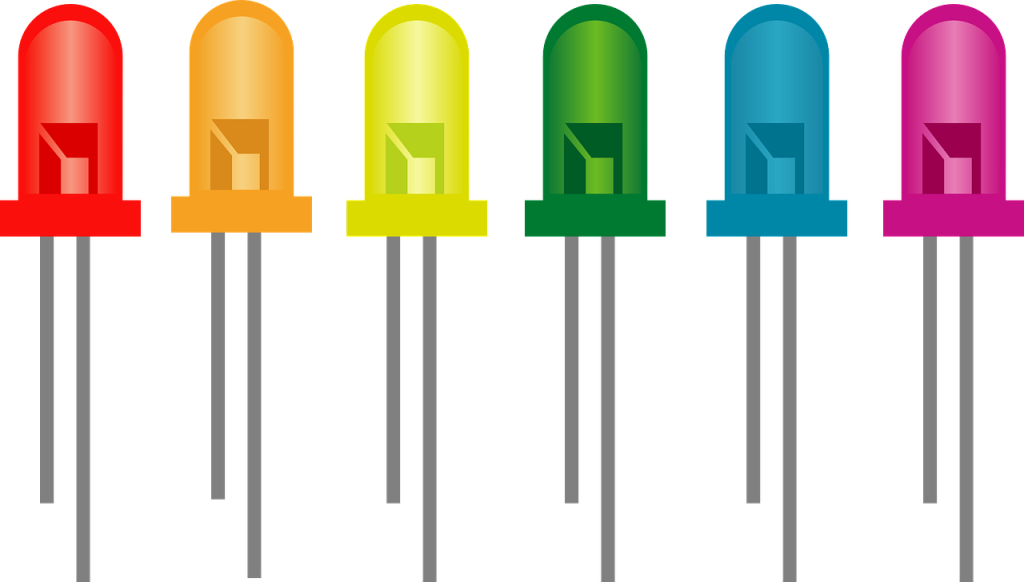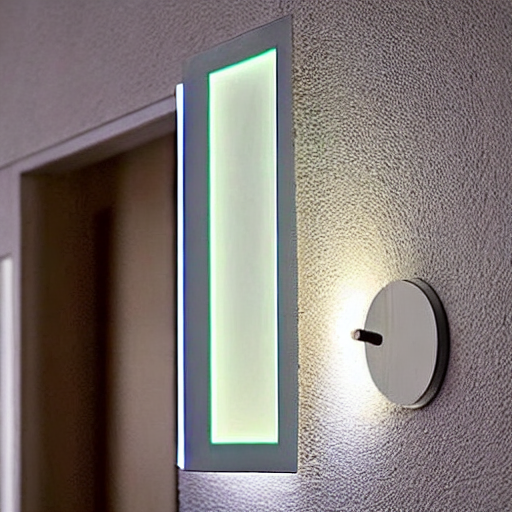- Introduction to the lifespan of LED strip lights
- Factors Affecting LED Strip Light Length
- Calculating LED Strip Light Length
- Compatibility of LED Strip Lights with Controllers and Power Supplies
- Tips for Maximizing the Length of LED Strip Lights
- Conclusion: Understanding the Factors that Affect LED Strip Light Length and Ensuring Compatibility for Optimal Performance and Safety
- FAQs about the lifespan of LED strip lights
Introduction to the lifespan of LED strip lights
LED strip lights have become increasingly popular for both residential and commercial lighting applications due to their versatility, ease of installation, and energy efficiency. These thin, flexible strips of LED lights can be cut to size and used for a variety of purposes, such as accent lighting, task lighting, and even illuminating entire rooms. One of the most important considerations when using LED strip lights is understanding how long they can be, as this will impact their performance and safety.
There are several factors that affect the maximum length of LED strip lights, including the power supply and wattage, voltage drop, and the LED density and type. It is important to consider these factors when determining the maximum length of LED strip lights for a particular application.
In addition to understanding the maximum length of LED strip lights, it is also important to ensure that they are compatible with the controller and power supply being used. This includes matching the wattage and voltage of the LED strip lights with the controller and power supply, as well as ensuring compatibility with dimmer switches and other control devices.
In this article, we will delve into the factors that affect the maximum length of LED strip lights and provide a step-by-step guide for calculating the maximum length for a specific application. We will also discuss the importance of compatibility and offer tips for maximizing the length of LED strip lights. By understanding the factors that impact LED strip light length and ensuring proper compatibility, you can achieve optimal performance and safety for your lighting project.
Factors Affecting LED Strip Light Length
There are several factors that can impact the maximum length of LED strip lights, which is important to consider when planning a lighting project. These factors include:
Power supply and wattage
The power supply and wattage of the LED strip lights will determine the maximum length that they can be. The wattage of the LED strip lights is a measure of the amount of power they consume, and the power supply is the device that provides power to the LED strip lights. It is important to match the wattage of the LED strip lights with the wattage of the power supply to ensure that the LED strip lights do not draw more power than the power supply can handle.
Voltage drop
Another factor to consider is voltage drop, which is the loss of voltage that occurs as electricity travels through the LED strip lights. As the distance between the power supply and the LED strip lights increases, the voltage drop will also increase. This can result in a reduction in the brightness of the LED strip lights and, in some cases, may cause them to malfunction. To minimize voltage drop, it is important to choose a power supply with a high wattage and to use thicker wires for longer runs of LED strip lights.
LED density and type
The density of the LEDs on the LED strip lights, as well as the type of LEDs used, can also affect the maximum length of the strip lights. Higher density LED strip lights will typically have a shorter maximum length due to the increased power consumption. Similarly, certain types of LEDs, such as high-power or high-voltage LEDs, may have a shorter maximum length due to their increased power consumption.
By understanding these factors and properly calculating the maximum length of LED strip lights, you can ensure that your lighting project is successful and meets your desired results.
Calculating LED Strip Light Length
To determine the maximum length of LED strip lights for a particular application, you will need to consider the power supply and wattage, the voltage drop, and the LED density and type. Here are the steps for calculating the maximum length of LED strip lights:
Determine the wattage of the LED strip lights
The wattage of the LED strip lights is a measure of the amount of power they consume. It is important to match the wattage of the LED strip lights with the wattage of the power supply to ensure that the LED strip lights do not draw more power than the power supply can handle.
Calculate the maximum current draw
The maximum current draw of the LED strip lights can be calculated by dividing the wattage by the voltage. For example, if the LED strip lights have a wattage of 72W and are powered by a 12V power supply, the maximum current draw would be 6A (72W / 12V = 6A).
Consider the voltage drop
As the distance between the power supply and the LED strip lights increases, the voltage drop will also increase. To minimize voltage drop, it is important to choose a power supply with a high wattage and to use thicker wires for longer runs of LED strip lights.
Determine the maximum length based on the current draw and voltage drop
Once you have calculated the maximum current draw and considered the voltage drop, you can determine the maximum length of the LED strip lights. For example, if the maximum current draw is 6A and the voltage drop is 2V per meter, the maximum length of the LED strip lights would be 100 meters (6A / (2V / 1m) = 100m).
By following these steps, you can accurately calculate the maximum length of LED strip lights for a particular application. It is important to note that the maximum length will vary based on the specific factors involved, so it is important to perform this calculation for each individual lighting project.
Compatibility of LED Strip Lights with Controllers and Power Supplies
In addition to understanding the maximum length of LED strip lights, it is also important to ensure that they are compatible with the controller and power supply being used. This includes matching the wattage and voltage of the LED strip lights with the controller and power supply, as well as ensuring compatibility with dimmer switches and other control devices.
To ensure compatibility, it is important to consider the following factors:
Wattage and voltage:
The wattage and voltage of the LED strip lights should match the wattage and voltage of the controller and power supply. If the wattage or voltage of the LED strip lights is higher than the controller or power supply can handle, it can result in overheating or damage to the equipment. On the other hand, if the wattage or voltage of the LED strip lights is lower than the controller or power supply can handle, it may not provide sufficient power to the LED strip lights and result in reduced performance.
Dimmer switches and other control devices:
If you plan to use dimmer switches or other control devices with your LED strip lights, it is important to ensure that they are compatible. Many LED strip lights are not compatible with traditional dimmer switches, as they require a specific type of dimming controller. It is important to check the manufacturer’s specifications to determine compatibility with dimmer switches and other control devices.
By ensuring compatibility between the LED strip lights, controller, and power supply, you can maximize the performance and safety of your lighting project. It is also important to note that using incompatible equipment can result in damage to the equipment or even pose a safety risk.
Tips for Maximizing the Length of LED Strip Lights

There are several strategies that you can use to maximize the length of LED strip lights for your lighting project. These strategies include:
- Using higher wattage power supplies and controllers: One way to maximize the length of LED strip lights is to use a higher wattage power supply and controller. This can help to reduce voltage drop and increase the maximum length of the LED strip lights. It is important to note, however, that using a higher wattage power supply or controller will also increase the overall cost of the lighting project.
- Splitting the LED strip lights into multiple runs: Another strategy is to split the LED strip lights into multiple runs, rather than using a single long run. This can help to reduce voltage drop and increase the maximum length of the LED strip lights. It is important to use a separate power supply and controller for each run of LED strip lights.
- Using booster amplifiers for longer runs: For particularly long runs of LED strip lights, it may be necessary to use booster amplifiers to boost the signal and power. These devices can help to reduce voltage drop and increase the maximum length of the LED strip lights. It is important to note, however, that booster amplifiers can be expensive and may not be necessary for shorter runs of LED strip lights.
By using these strategies, you can maximize the length of LED strip lights for your lighting project and achieve optimal performance and safety. It is important to carefully consider the specific needs of your project and choose the strategy that best meets your needs and budget.
Conclusion: Understanding the Factors that Affect LED Strip Light Length
In conclusion, LED strip lights are a versatile and energy-efficient lighting solution for a variety of applications. Understanding the maximum length of LED strip lights is important for ensuring optimal performance and safety. There are several factors that affect the maximum length of LED strip lights, including the power supply and wattage, voltage drop, and the LED density and type. To determine the maximum length of LED strip lights for a particular application, it is important to consider these factors and perform a calculation.
In addition to understanding the maximum length of LED strip lights, it is also important to ensure that they are compatible with the controller and power supply being used. This includes matching the wattage and voltage of the LED strip lights with the controller and power supply, as well as ensuring compatibility with dimmer switches and other control devices. By ensuring compatibility, you can maximize the performance and safety of your lighting project.
There are also strategies that you can use to maximize the length of LED strip lights, including using higher wattage power supplies and controllers, splitting the LED strip lights into multiple runs, and using booster amplifiers for longer runs. By carefully considering the specific needs of your project and choosing the appropriate strategy, you can achieve optimal performance and safety for your LED strip light installation.
FAQs about the lifespan of LED strip lights
The maximum length of LED strip lights depends on several factors, including the power supply and wattage, voltage drop, and the LED density and type. To determine the maximum length of LED strip lights for a particular application, it is important to consider these factors and perform a calculation.
If you use LED strip lights that are too long for your power supply, it can result in overheating or damage to the equipment. It can also result in reduced performance of the LED strip lights, as they may not receive sufficient power to operate at full capacity. To ensure optimal performance and safety, it is important to use LED strip lights that are compatible with the power supply and controller being used.
Many LED strip lights are not compatible with traditional dimmer switches, as they require a specific type of dimming controller. It is important to check the manufacturer’s specifications to determine compatibility with dimmer switches and other control devices. If your LED strip lights are not compatible with a traditional dimmer switch, you may need to use a compatible dimming controller or switch to control the brightness of the LED strip lights.
You can use several strategies to maximize the length of LED strip lights for your lighting project, including using higher wattage power supplies and controllers, splitting the LED strip lights into multiple runs, and using booster amplifiers for longer runs.












